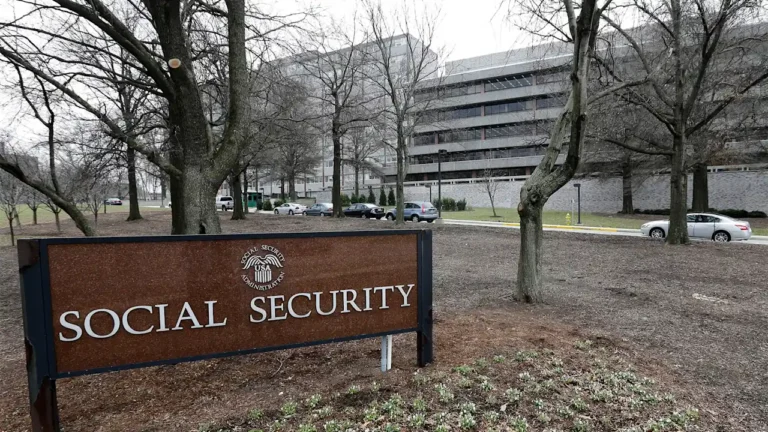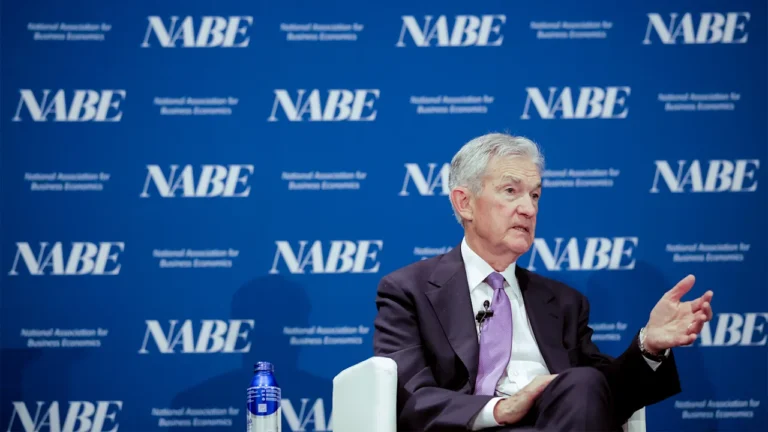
Nearly every company I work with is focused on using AI to drive productivity and efficiency. They are starting to see real gains, and that’s leading to excitement about AI’s future potential. However, AI used to drive efficiency is only the starting line, and there’s real risk if we stop there. In my work with Fortune 500 leaders across the C-suite, from chief HR officers (CHROs) to CTOs and CMOs, I’ve seen that the very best organizations recognize a bigger opportunity: using AI to help managers build connection and trust with their teams. The companies that are able to leverage AI both to drive efficiency gains and to build highly motivated teams will be the ones that come out ahead.
If you’re only using AI for productivity, you’re at risk
AI is transforming work, and nearly every company I talk with is applying it to boost productivity from automating tasks to streamlining workflows and scaling output like coding and design.
However, if we think about AI only as a tool for efficiency and cost cutting, we’re missing the bigger picture. Worse, we risk widening the trust gap that already exists in so many workplaces.
The data is striking. A recent Upwork survey of 2,500 global workers, including 1,250 C-suite executives, found that 67% of top AI performers said they trust AI more than their colleagues, and 64% said they have a better relationship with AI than with their teammates. There is real risk present in those statements.
At the end of the day, even with increased AI use, humans still have to work together to get things done. If we don’t trust each other, efficiency gains from AI may be lost as organizations get mired in conflict, gossip, and fear—the hallmarks of low-trust company cultures.
So, the question for every executive becomes: How do we equip the next generation of managers to use AI in service of connection? Here are three powerful ways.
1. AI as Your Leadership Memory
The best managers I’ve seen don’t just lead, they remember. They pick up on the way individuals prefer feedback, they create a spark by recognizing people in a unique way, and they remember those personal details that tell someone they’re not just a “cog in the wheel.” Those moments of recognition build trust and loyalty.
But today’s leaders are stretched. Teams are bigger, hierarchies flatter, and we simply can’t hold all of that in our heads. As a leader myself, I often struggle to remember every detail about how each person on my team prefers to work or communicate. And every manager I’ve coached has felt the same, because it’s hard to stay personal when you’re juggling so much. That’s where AI steps in to reinforce what you already do best.
Imagine before a one-on-one, your AI leadership memory gently reminds you that your direct report prefers written feedback over verbal, or that last time you spoke, they mentioned their child’s soccer tournament. It can nudge you with thoughtful opening lines, and maybe even help you frame a difficult message so it lands in the best possible way. That’s not replacing the personal touch, it’s enabling it to scale. Leaders can use tools like Rising Team that automatically pull in insights that colleagues have shared, or manually upload materials—like personality assessments—that their team members have chosen to share. That way the AI can surface those details when they are helpful, without needing to use any private information. AI is helping you remember what matters, in the moment that it matters.
2. AI as Your Coaching Partner
Some of the most meaningful moments in people’s careers come from the hardest conversations. Great leaders can deliver constructive feedback that helps people grow, diffuse conflict in a way that builds trust, and help teams be resilient amidst major challenges. Many managers just freeze, or wing it in conversations like these, not because they don’t care, but because they don’t know how to approach them and don’t have a way to practice. And today, HR business partners can’t be there for every one of those moments.
What if you could practice, and have your team’s real dynamics baked in? I’ve seen this dramatically shift things.
Role-play with AI tailored to your specific engineer who needs time to process, or your marketer who craves blunt feedback—that’s when AI coaching becomes real, actionable readiness. By practicing with a tool that knows your people, managers show up with clarity, empathy, and trust.
3. AI as Your Team Experience Builder
Connection doesn’t just happen in one-on-ones. Teams build trust and alignment in shared experiences, whether it’s learning a critical skill, tackling a big strategy shift, or building insights about how to work together as a team. But creating and facilitating those sessions takes time and expertise, and most managers don’t have the time or the support to do it well.
This is where AI can help. Think of it like working with a facilitation pro—one who knows theory and your team context. It can layer in warm-ups, activity ideas, reflective questions, and even capture what people say, track who’s engaged, and surface next steps. With help from AI, managers are now capable of bringing their teams together to build trust and connection in synchronous experiences that were too hard or expensive to do before.
As an executive, imagine rolling out a new company initiative or framework. Instead of relying on slides and top-down presentations, AI can now help your managers lead team sessions with reflective prompts, collaborative exercises, and clear action plans. This ensures that experiences across the organization are consistent, measurable, and engaging.
Beyond Productivity: Building a System for Connected Leadership
AI is often portrayed as a catalyst for productivity. And yes, it’s great for that, but I believe the real frontier is AI as a force to drive connection—a leadership system for modern teams.
Because the future isn’t about choosing AI or humanity. It’s about how we use AI to amplify our humanity, and build teams that are not just productive, but also high trust, resilient, and great at delivering results together.





